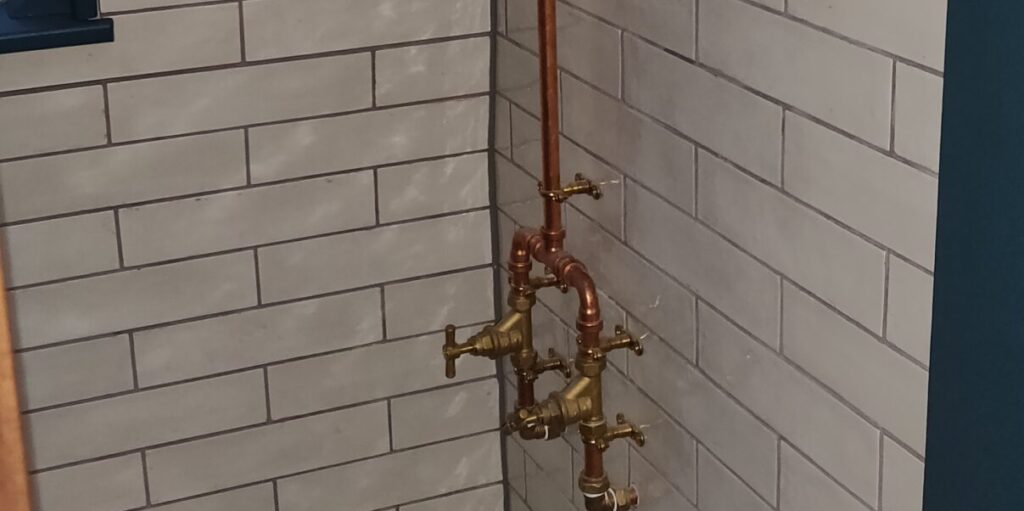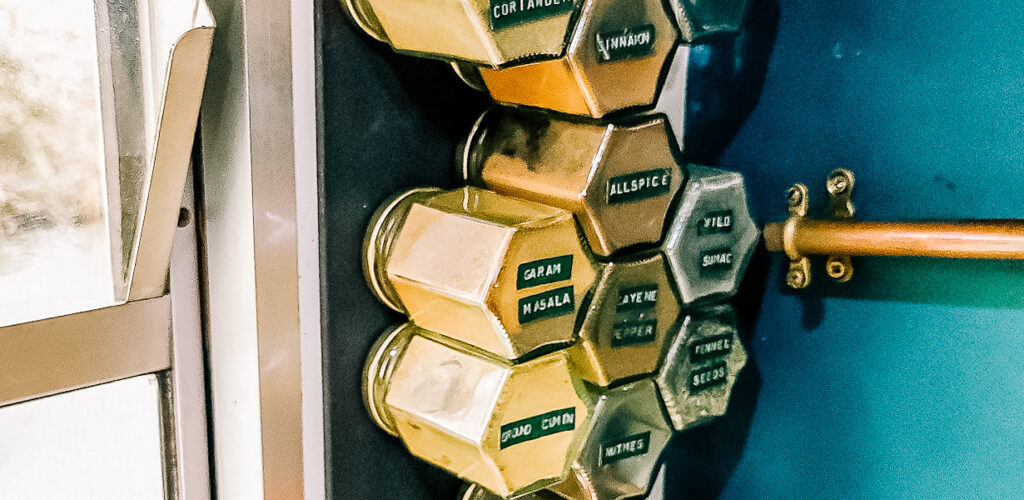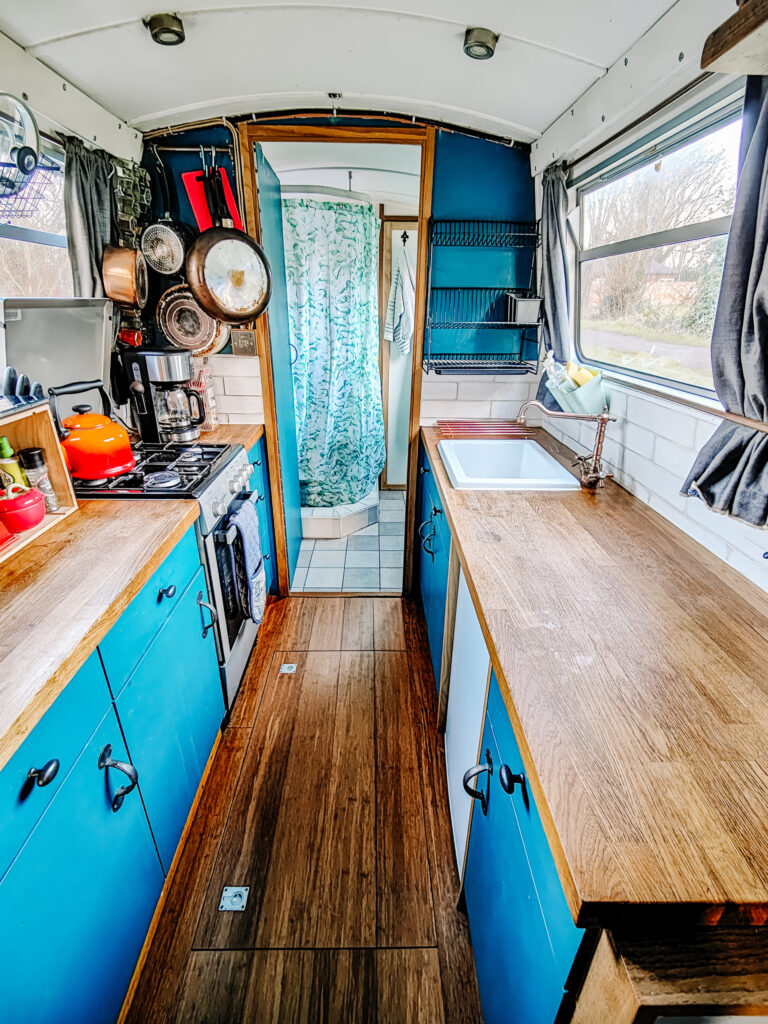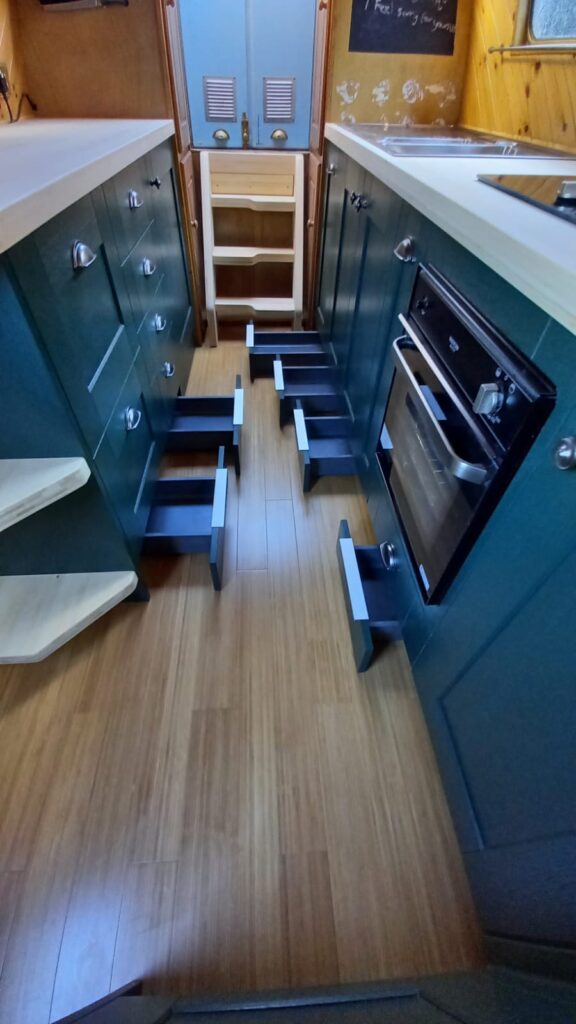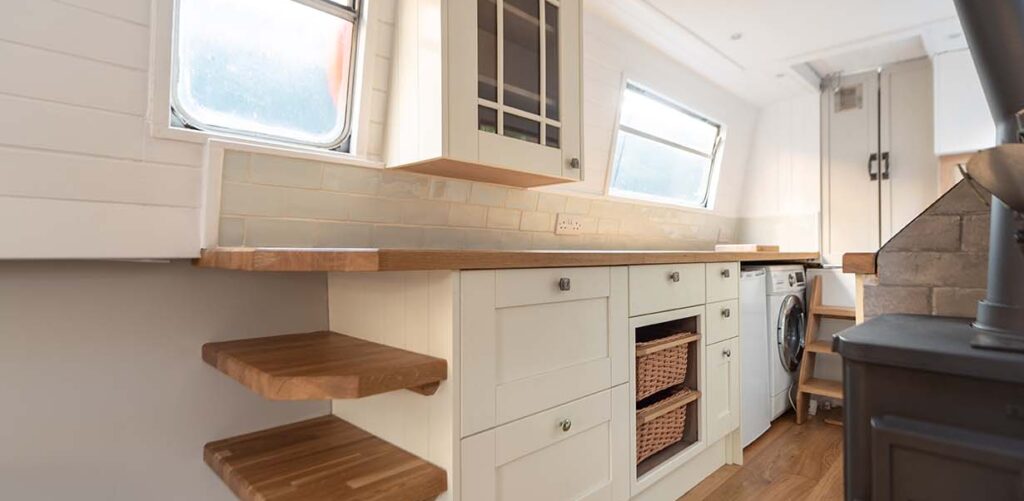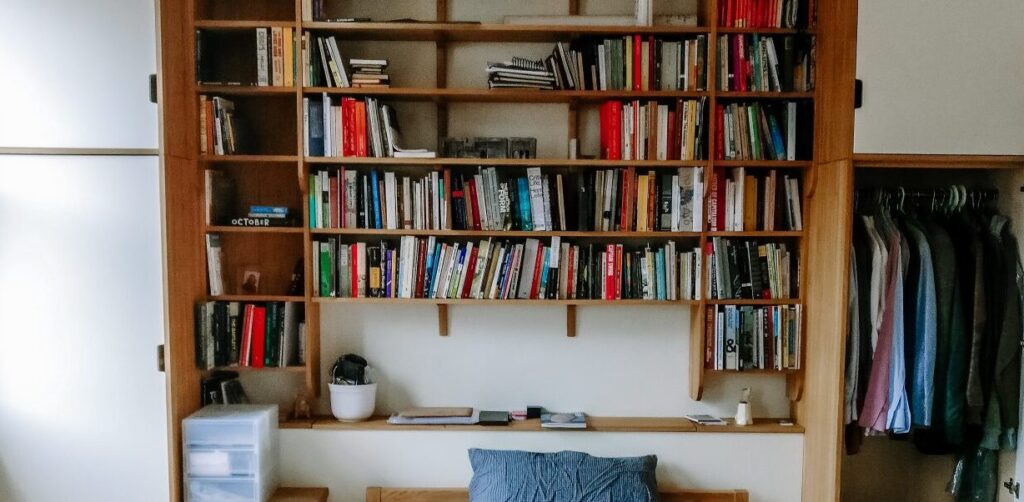How to make your home perfect as can be
When making your home as perfect as can be, you may well have never commissioned a piece of custom furniture or joinery. Most people have very few interactions with trades people, and getting in touch to discuss your project may…


